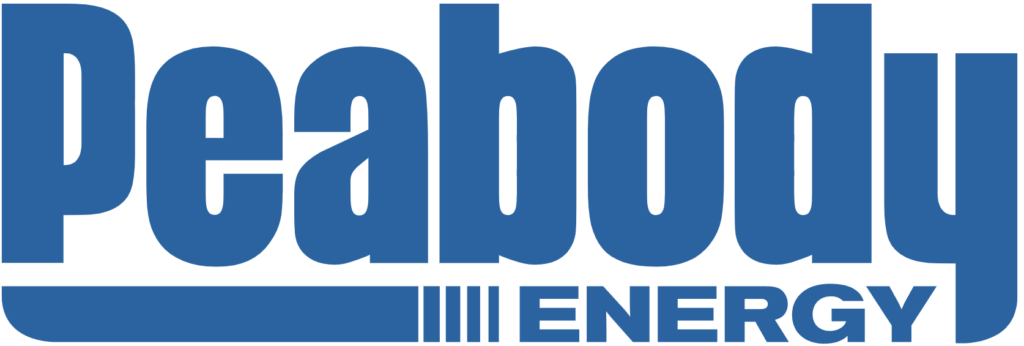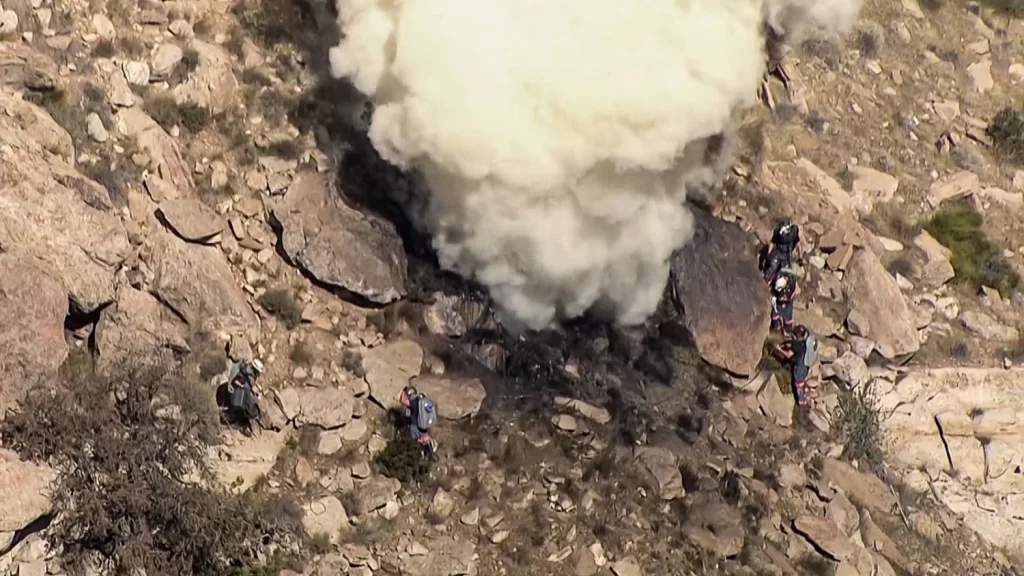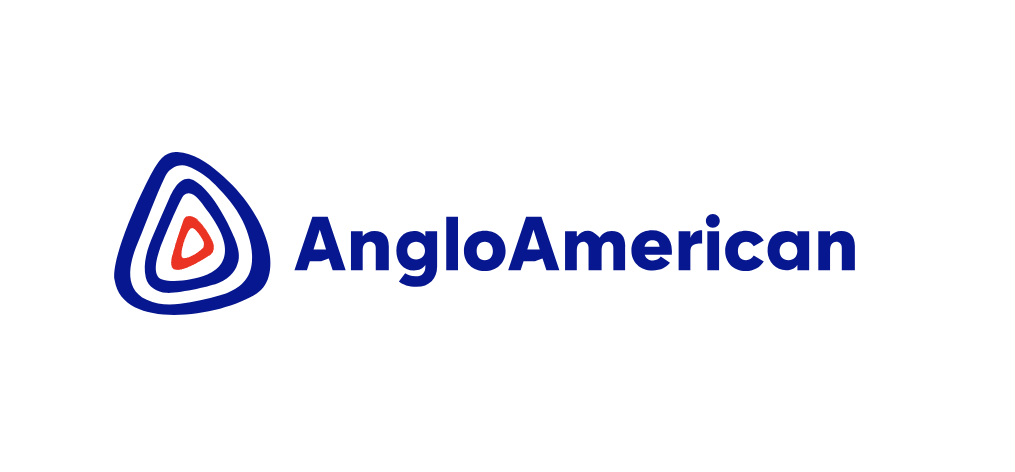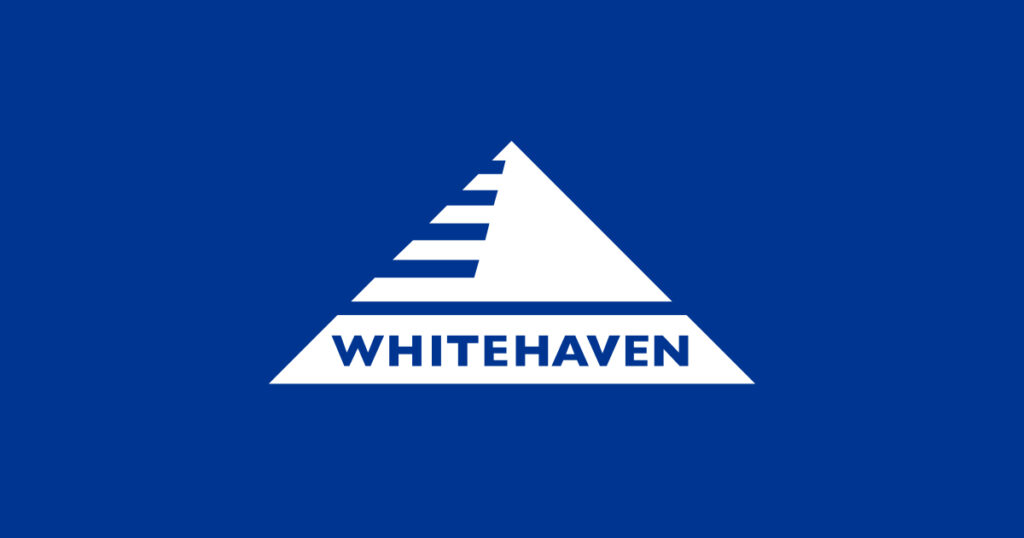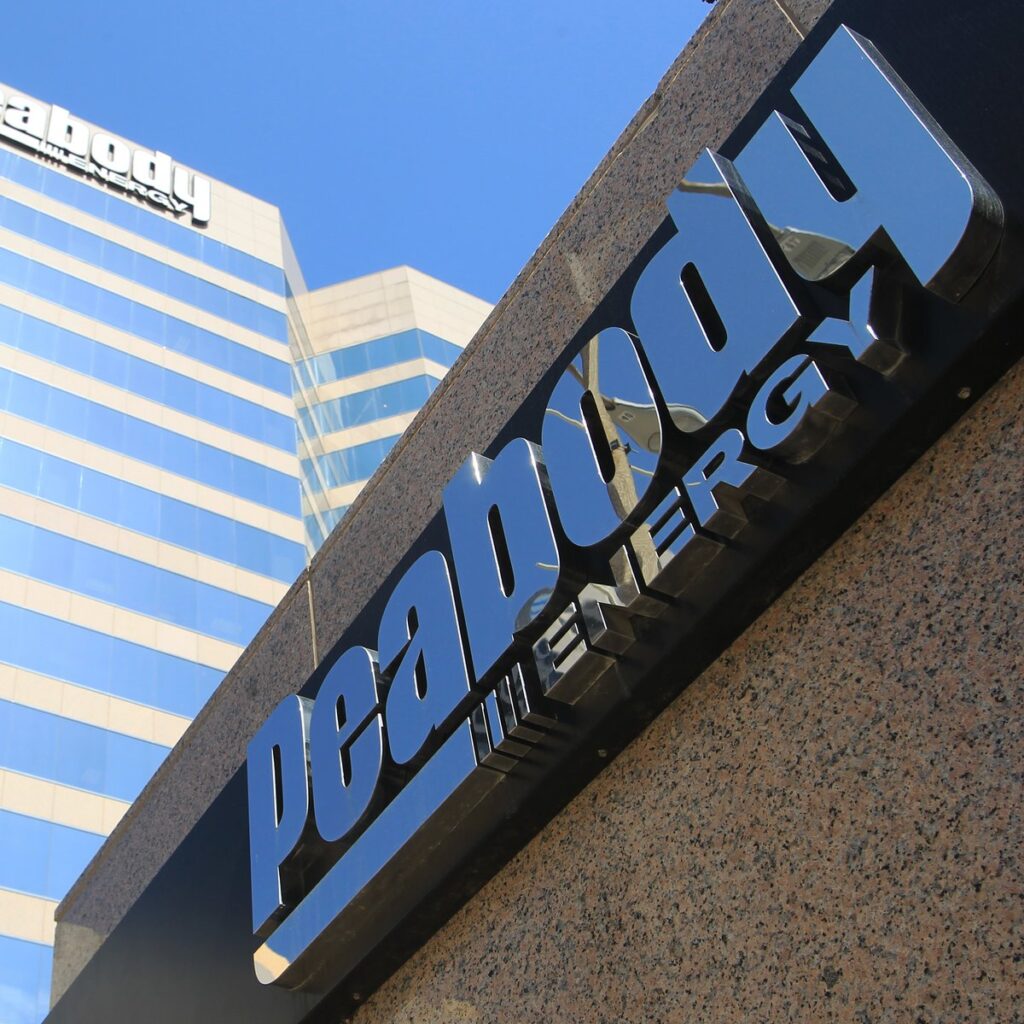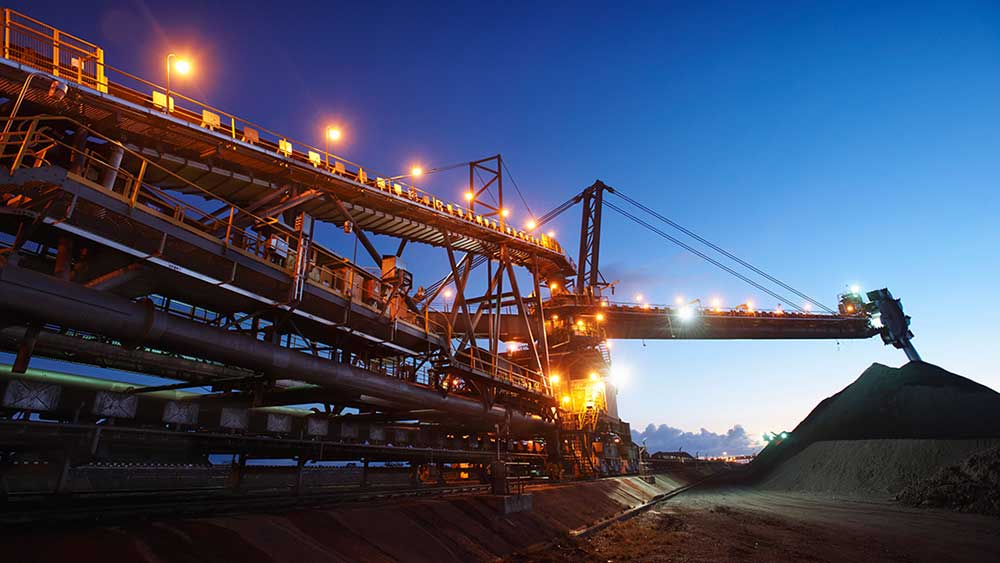
An expected slowdown in China’s uptake and a world that is increasingly moving toward “green” iron ore and steel will be two crucial drivers affecting the future of iron production. This is especially true for Australia, one of the world’s largest miners of raw iron ore. Should demand change or iron ore prices shift dramatically, it would have significant repercussions throughout the country.
Demand from China, Australia’s biggest customer since the turn of this century, continues to cool. Though it looks to remain one of the biggest buyers of Aussie ore for the foreseeable future, miners now predict Asian and Southeast Asian countries, including India, are going to step into the vacuum.
Indeed, China is not only the world’s biggest steel producer but also the biggest consumer. It imports 60% of its total iron ore needs from Australia and about 20% from Brazil. However, after its political fallout with the Aussies, it started sourcing ore from Africa and the Simandou mine in Guinea.
Start saving on COGS. Explore MetalMiner’s full metal catalog and start getting metal price forecasts customized to your specific metal types and forms.
Will Chinese Demand Eventually Decline?
According to this report, one of the biggest miners in the world, BHP, predicts demand from China will eventually decline. Its chief executive, Mike Henry, even went on record to state that steel demand would plateau by the middle of this decade and then start to shrink. The BHP CEO also feels that India will be able to meet its ore demand for steel production, mostly from domestic resources.

However, other market experts argue that India’s current ongoing urbanization drive, coupled with demand from its neighboring countries, will fill the gap left behind by China. Of course, much of this prediction relies on the assumption that both economic growth and investments will grow at a reasonable rate.
China’s Appetite Remains High, Sustaining Iron Ore Prices
Despite forecasts of China’s appetite for steel falling because of the real estate crisis, at least for now, that’s not happening. The country’s steel exports continue to be strong. Iron ore prices reflect this, having increased by nearly 40% as of mid-2023. According to this Financial Times report, the price currently stands at about US $133.95 per ton, a 38% increase over the last seven months.
A Goldman Sachs report said that Chinese steel flooded the market, leading to a drop in steel prices. However, iron ore prices went up, propelled by the Red Dragon’s insatiable demand. In fact, China imported 1.1 billion tons of ore this year, largely from Australia and Brazil. This represents an approximately 6% increase from the first 11 months of 2022.

Meanwhile, a recent report by Goldman Sachs predicted a shortfall in the iron ore market for the rest of 2023 due to low inventories and decreasing production. This runs contrary to earlier predictions that had the year ending in a surplus. The report also stated that the degree of China’s recent fiscal spending could be a positive signal vis-à-vis domestic growth. This, in turn, could mean a higher demand for raw materials.
But Goldman continues to remain cautious regarding the uptick for steel from China, mainly due to of its ongoing real estate crisis. In fact, Goldman estimated global iron ore supplies to decrease from 1.557 billion tons to 1.536 billion tons this year. It now estimates the full-year average for the benchmark 62%-grade iron ore to go up from $101 per ton to $117 in 2023, 22% higher than its earlier forecast of $90 to $110.
Don’t get caught off guard by rapid metal market fluctuations. Stay ahead of the curve with MetalMiner Insights and make the right purchasing choices at the right time. Learn more.
What Does The Future Hold for Australia?
Iron ore is Australia’s biggest export, sustaining a trend that started in the last century. However, the country may begin to lose ground to others as the world pivots towards green iron and low-carbon steel.
According to a report by the Institute for Energy Economics and Financial Analysis (IEEFA), steel companies plan to move away from coal-fueled blast furnaces. Instead, many plan to begin using direct reduced iron (DRI) technology running on green hydrogen. The report quoted another study by the Minerals Research Institute of Western Australia (MRIWA), which said such a move would present a structural change to Western Australia’s iron ore industry.
What’s more, Australia is already at a disadvantage where the quality of its hematite iron ore is concerned. Compared to ore from other countries, Australia’s is more suited for carbon-intensive blast furnaces. On the other hand, DRI-based steelmaking requires ores with a high iron content, typically 67% or more. However, Australia’s Pilbara’s deposits only have between 56% and 62% iron. In time, this could come to be reflected in the country’s iron ore prices.
World Production Anticipated to Grow
Certainly, there is a focus on establishing a significant green hydrogen production and export sector in Australia. Nevertheless, considering the inefficiencies and expenses associated with transporting green hydrogen or green ammonia, experts feel it is logical to allocate a substantial portion of the anticipated production for domestic use. The aim of this would be to create value-added products such as green iron.

Against this backdrop, Western Australia has unveiled plans to revamp its environmental permit system. This would help expedite the establishment of new enterprises crucial to the shift toward more sustainable energy sources. Under the proposed reforms, the state’s environmental ministry will accelerate decision-making on projects deemed of significant importance. Additionally, government authorization processes would occur simultaneously with environmental approvals rather than sequentially.
Experts forecast world iron ore production to grow at a 1.9% compound annual growth rate, touching 3,002.8 MT by 2030. Along with Australia, Brazil will be one of the main contributors to this increase.

